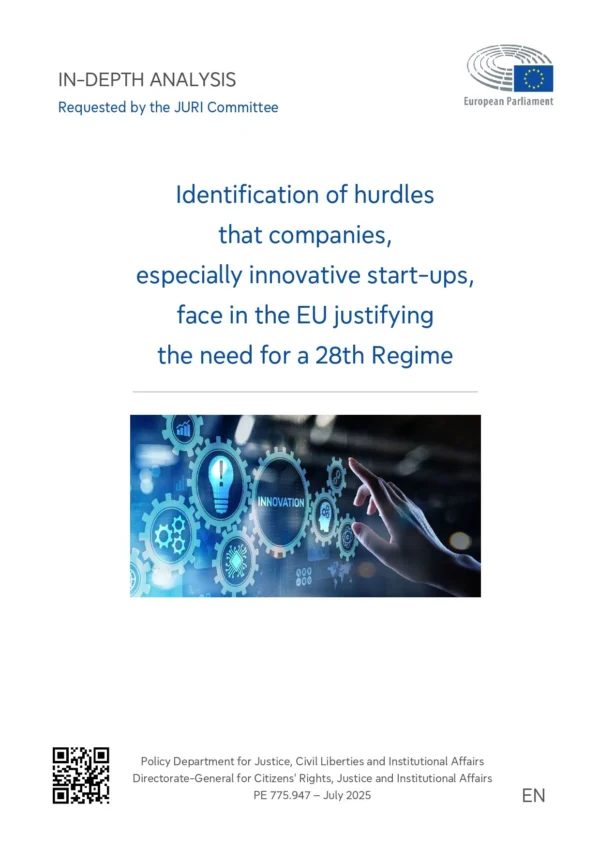The exchange rate can have a very significant influence on the euro area, which is a rather open economy. Indeed the share of exports amounts to about 27% of GDP, which is much higher than for other economies of similar size (US or even Japan). However, the impact of exchange rates on exports is usually limited in the short run.
Nevertheless, there is some evidence that the euro is losing market shares compared to the US and this is sometimes put in relation to the euro appreciation. At the same time, the euro area has become the largest source of global current account imbalances despite the strength of its currency.
Whether the exchange rate is determined by the current account or whether the exchange rate determines the current account, it seems impossible to explain the present strength of the euro in terms of today’s fundamentals. The exchange rate is determined in very liquid asset markets, which discount future fundamentals, not only those of the euro area itself, but in relation to fundamentals in the rest of world. What is surprising about the present situation is the low level of volatility of the exchange rate, rather than its level, which is close to its long-run average.
This paper is one in a series of nine documents prepared by Policy Department A for the Monetary Dialogue discussions in the Economic and Monetary Affairs Committee (ECON). It can also be downloaded here.
Daniel Gros is Director, Cinzia Alcidi is LUISS Research Fellow and Alessandro Giovannini is Associate Researcher at CEPS.












